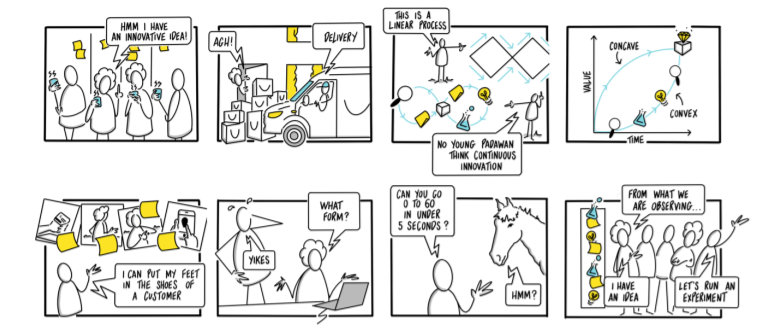
The Scrum Guide doesn’t tell you when to take your lunch, when to take a break nor how innovation work is conducted. The essential thing is that innovation work ‘does’ take place and that it is part of the work of the Scrum Team and not an activity that sits outside of the team.
Now like Agile, innovation is a rather broad umbrella term that contains a variety of discovery and product validation activities. Let’s start with the why. The Why As I write this article, I look out of the very same window that I have glanced through for the past 16 months. Welcome to the world of Covid, as described by some as ‘bootcamp’ for Agile. Yes, we are living and breathing a VUCA world, a time of much turbulence and change.
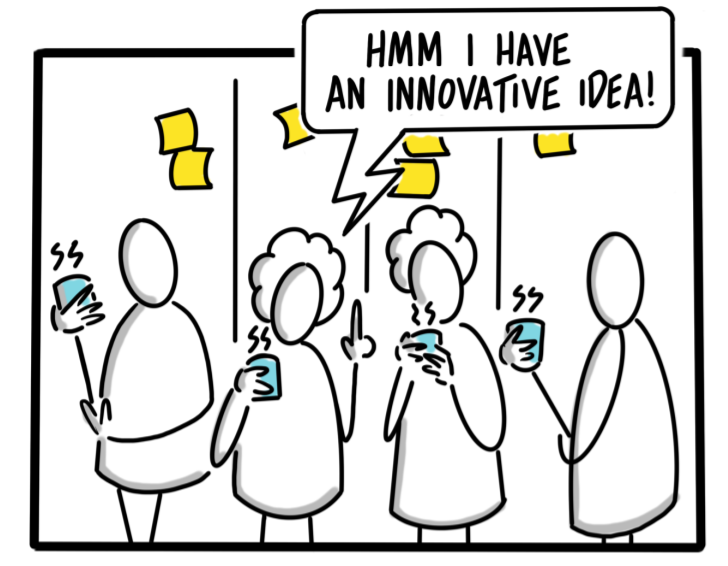
A time where we witness 243-year-old retail department stores being bought by 15- year-old online retailers. I am obviously referring to the Boohoo Group buying Debenhams out of administration for £55 million.
Didn’t see that coming? Really?
You only have to count the amount of courier vans on the road and your increased online activity. Whilst much of the transport sector has been negatively impacted by the COVID-19 pandemic with the increase in home-working and travel restrictions, the post and courier industry has seen a 7.2% increase from February 2020 to August 2020, benefiting from the rise in online retail.
So, what does this tell us? It suggests that product teams need to have their finger on the pulse and focus rigorously on the behaviour changes of end users.
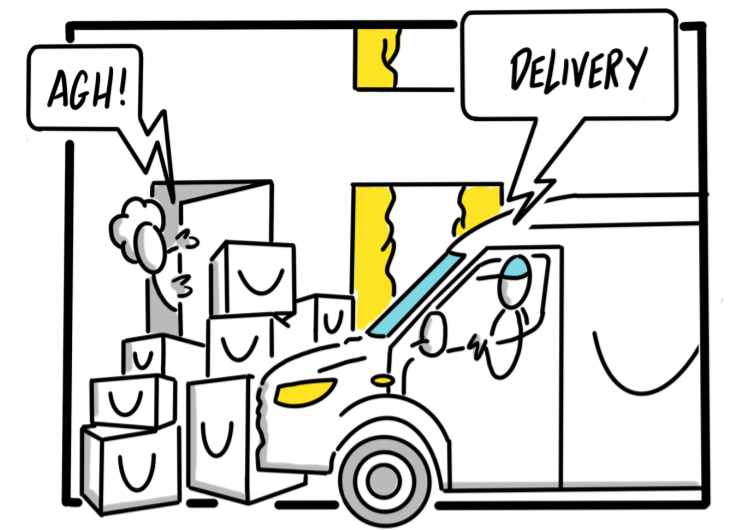
Continuous Innovation is key to survival and growth The proof is in the pudding when it comes to continuous innovation and survival. We only need to take a leaf out of Amazon’s book to know ‘why’.
You might think that an investment of $35.9 billion on Research and Development in 2019 was rather steep but with a net worth of $315 billion they must be doing something right. When Ok let’s get back to Scrum and highlight the fact that investing in innovation isn’t the responsibility of a specific business division.
It is critical that Scrum Teams bake in time for discovery, innovation and validation work. Scrum Teams require continuous direct contact to customers and users, with an emphasis on the word continuous. Now if I murmur the words Design Thinking you might begin to raise alarm bells and become a little flustered at the concept of adopting a linear process.
A word of caution please refrain from looking at ‘discovery’ work as a primary phase prior to adopting Scrum, but a key area of focus that must be balanced alongside ‘delivery’ work through-out the product lifecycle.
As I will go on to explain in the ‘how’, innovation is key in both discovery and delivery loops.
As the Scrum Team learns and discovers as much about the ever-changing market rhythms and trends as it does about user experience, feedback and user behaviour. Once again with a focus on continuous. Fast feedback equals fast learning, this after all is the foundation of Scrum.
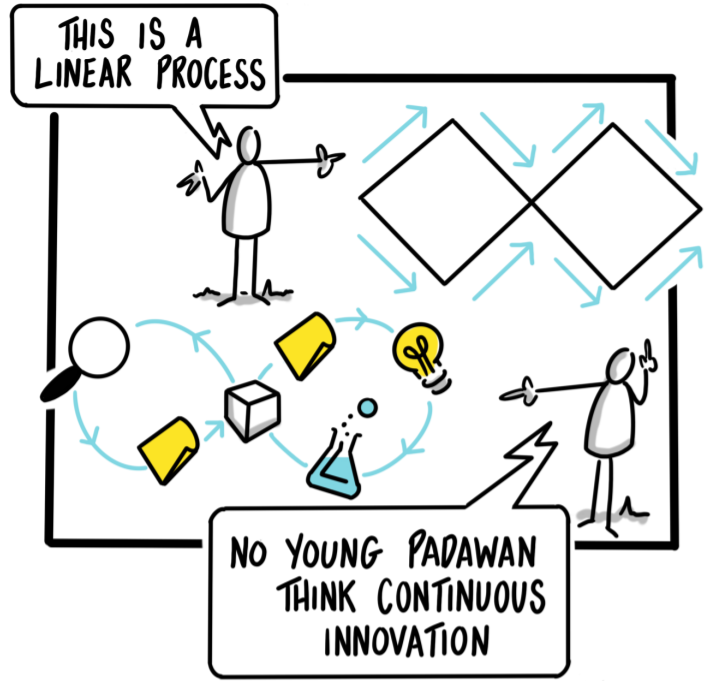
One possibly contentious point is that a Product Owner is accountable for maximising the value of the product resulting from the work of the Scrum Team, turning that selection of work in a Sprint into an increment of value, so how can you equate innovation work that takes place in a sprint as valuable? This very question was asked during a recent CSPO I cotrained with Chet Hendrickson and as always, we like to explain things with a picture.
Founded on insights shared by 1 Kent Beck, if you equate ‘concave’ value as the typical incremental value you would expect to release Sprint on Sprint and then equate ‘convex’ value as the value that is received through innovation work (or other investigatory activities such as technical research), you can see how both types of value intertwine and feed each other.
The value that is received from innovation work might not instantly present value into the hands of an end user but the ongoing investment over time ensures that a Scrum Team is continuously building sustainable products that customers love, need and value. You could argue that convex value also ensures a stronger focus on outcomes rather than outputs.
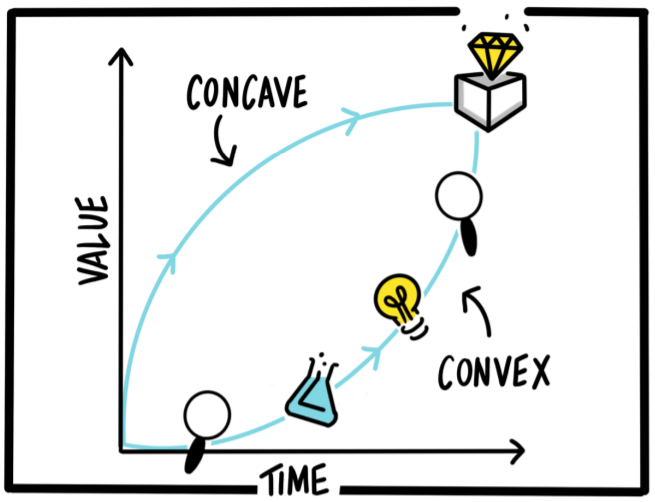
‘A product is a vehicle to deliver value. It has. A clear boundary, known stakeholders, welldefined users or customers. A product could be. A service, a physical product, or something more abstract’ - The Scrum Guide 2020 How As a passionate visual storyteller, it will be no surprise to hear that I love to make use of simple, fast and yet affective visual tools, techniques and templates as a way to generate ideas and breath innovation into a Sprint.
From Idea to Innovation takes creativity and creativity is in the hands of your teams
Techniques such as customer journey mapping can help to visualise the customer experience and identify pain points to gain empathy and a deeper level of understanding for end users but should never replace usability testing as a way to bring teams closer to end users. As the Scrum Guide states ‘a Scrum Team is a cohesive unit of professionals that are accountable for all product-related activities’ which should include the work of UX and UI.
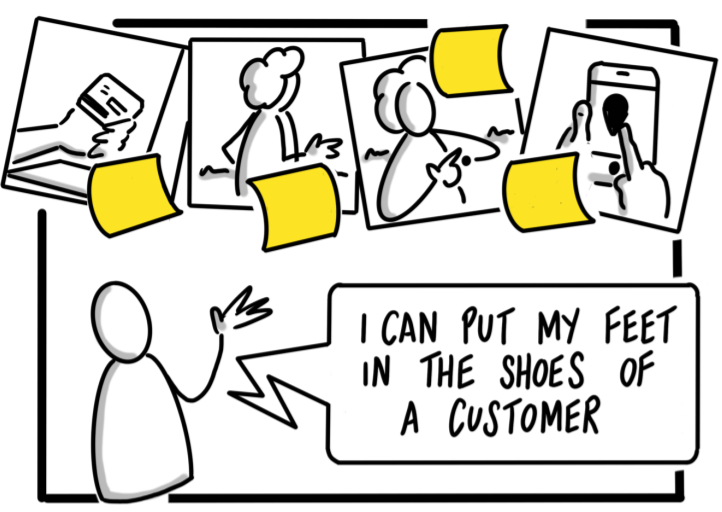
As I have experienced many years ago whilst developing an online Carers Assessment form within Adult Social Care, our Scrum Team most certainly didn’t validate our riskiest assumptions. Don’t get me wrong the product ticked the boxes as far as being compliant with the Governments Care Act and the form itself was slick. I might have even found out how slick the form was IF the users testing the form could find it.
That’s right every carer that we observed couldn’t even navigate the website and find the form. This goes to show how easy it is to invest in the wrong things, fail to maximise value, fail to see the product/ service from the perspective of a customer and the importance of mining for truth.
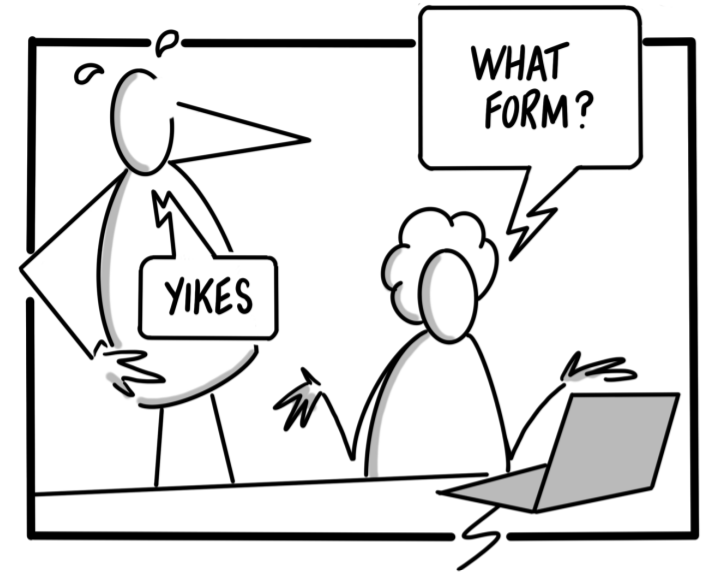
Emphasising the word ‘truth’, when a Scrum Team conducts useability testing it is risky to ask users hypothetical questions about the future and their preferences of a mock up or prototype rather than observing their current behaviour when interacting with your products. People are poor judges of predicting how they will feel.
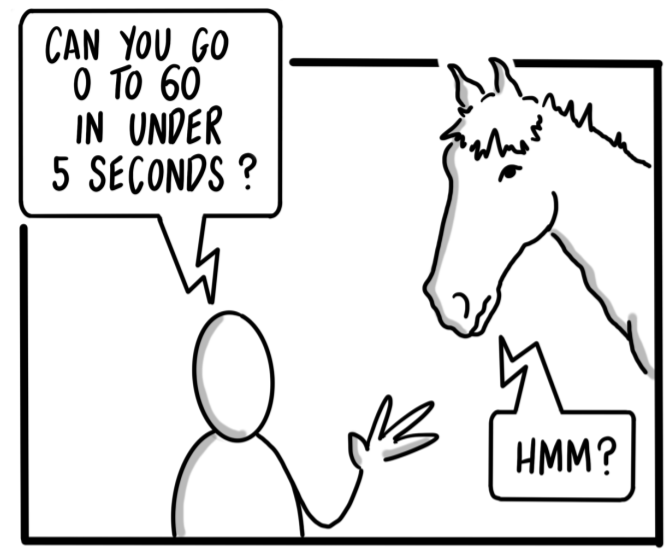
During a recent UX Oxford Meetup, Robin Potter (Lead UX designer at Waitrose), informed us that in psychological terms this is called ‘Affective Forecasting’, the prediction of one’s emotional state in the future. This simply defers design decisions to your customers rather than leaving design ideas in the professional hands of those experienced in UX.
Well as Henry Ford once said “If I had asked people what they wanted, they would have said faster horses.”
One way you can move away from relying on users’ opinions to hypothetical questions is to discover how users currently behave and interact with your products.
A great collaborative outcome driven technique to align teams on user interactions is ‘Impact Mapping’ from Gojko Adzic. By identifying product goals, the actors that interact with your product and how their behaviours can contribute towards your goals, teams can invest in the right features or should I say outcomes.
User driven design all the way. When new features are created the team must observe users and gain hard evidence that validates the improved experience.
“Watch what people do don’t listen to what they say they’d do”’ Robin Potter
This also aligns with the phenomenon known as the ‘Hawthorne Effect’ referring to the way individuals modify their behaviour in response to their awareness of being observed. An indication of the benefits of right loop learning, fast feedback and reducing product assumptions by discovering the ways users behave when using your products in the live space.
Final thoughts
The Scrum Guide does not spell out what to class innovation work as within Scrum. I have heard Scrum Teams referring to discovery, innovation and validation work as part of the ongoing activity of product backlog refinement, as innovation spikes and innovation stories.
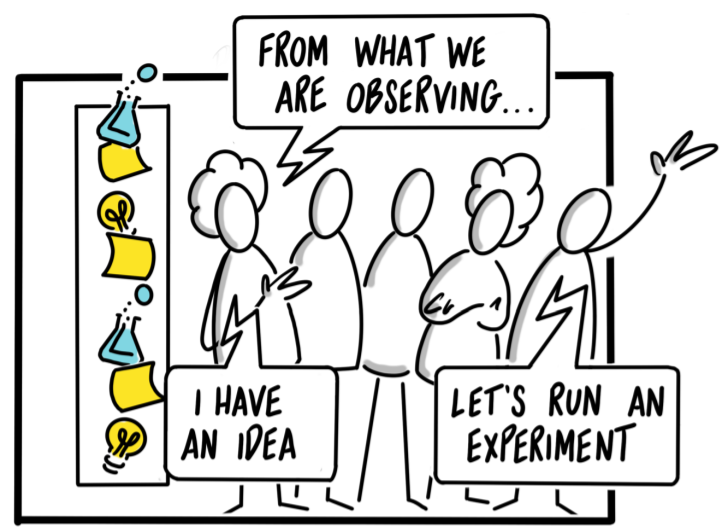
Regardless of how this work is conducted, or what it might be titled as, in order to develop and deliver sustainable products that customers need, want and love; innovation work must live and breathe within a Scrum Team.
Scrum Teams must invest time to innovate, to continuously mine for truth, to validate product assumptions, bring themselves closer to end users and above all else embrace an experimental mindset.

Stuart Young
Stuart is a professional live illustrator with extensive traditional/ Agile Project management experience and a deep-rooted appreciation for Agile Principles and Methodologies. He has harnessed his creative skills to translate concepts and processes into engaging visuals during workshops, events and conferences.
With international notoriety within the Agile Community, Stuart has provided his services at various Scrum Alliance Global Gatherings/ Retreats. In addition he has illustrated at an endless list of popular Agile conferences such as the Agile Testing Days in Berlin, the Lean Agile Scotland Conference and the London Lean Kanban event.